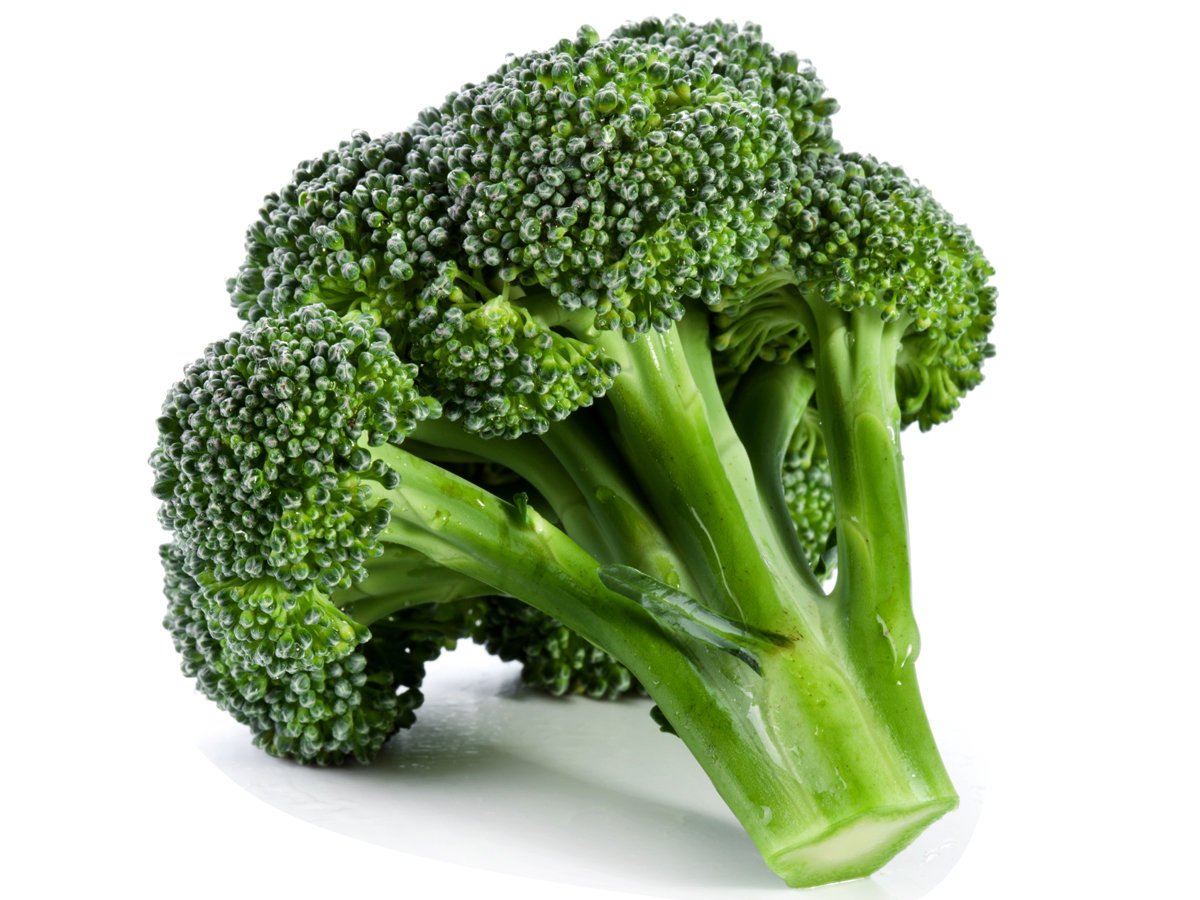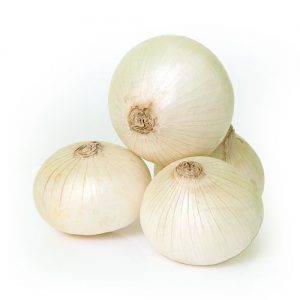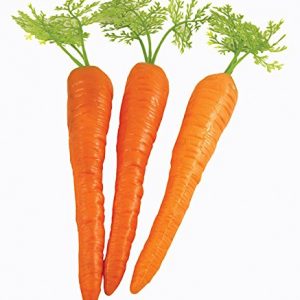
broccoli
Quick description:
Broccoli Nutrients. Broccoli is a great source of vitamins K and C, a good source offolate (folic acid) and also provides potassium, fiber. Vitamin C – builds collagen, which forms body tissue and bone, and helps cuts and wounds heal. … Fiber – diets high in fiber promote digestive health.There is one vegetable I eat every day, and that is broccoli. Love it or hate it, its just too good for you to ignore! Broccoli is rich in vitamins A, B, C, E and K and also high in calcium. It’s nutrients are anti-inflammatory and support the detoxification processin the liver
Availability:
In Stock




